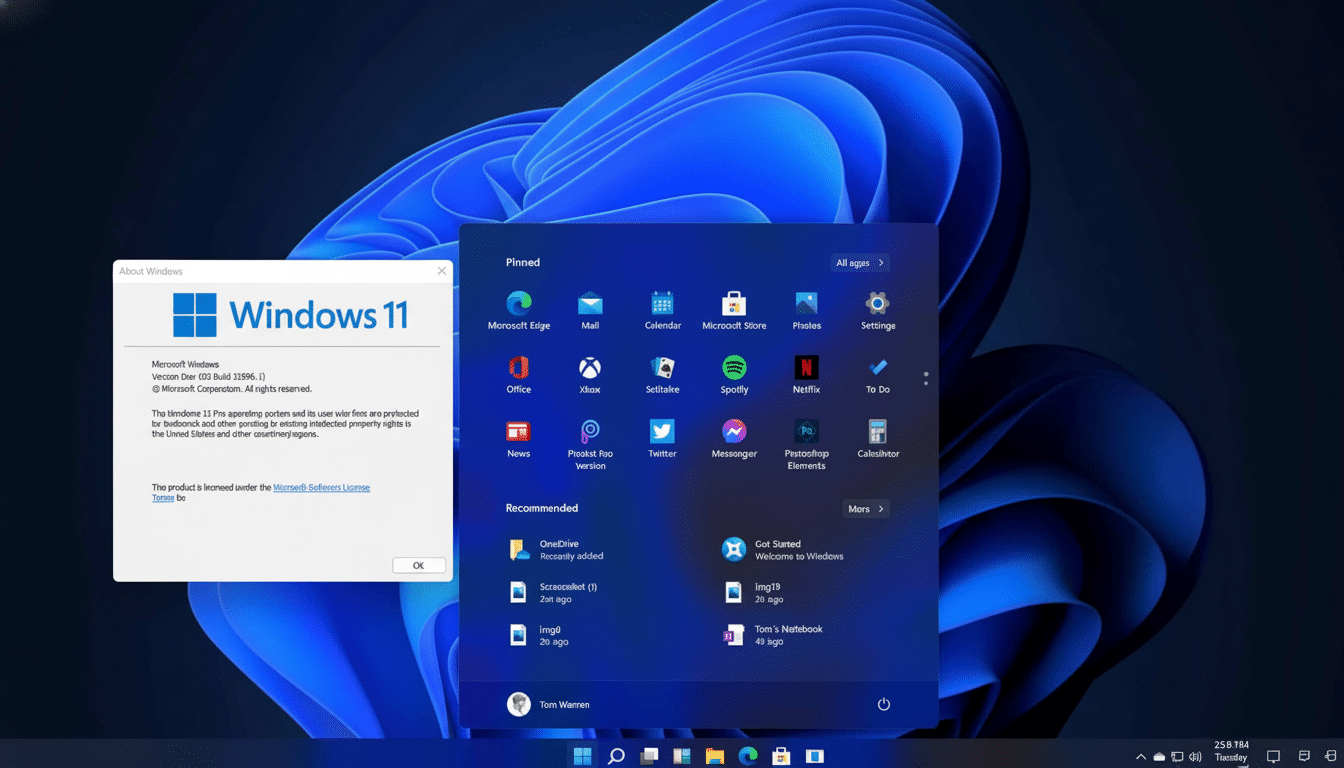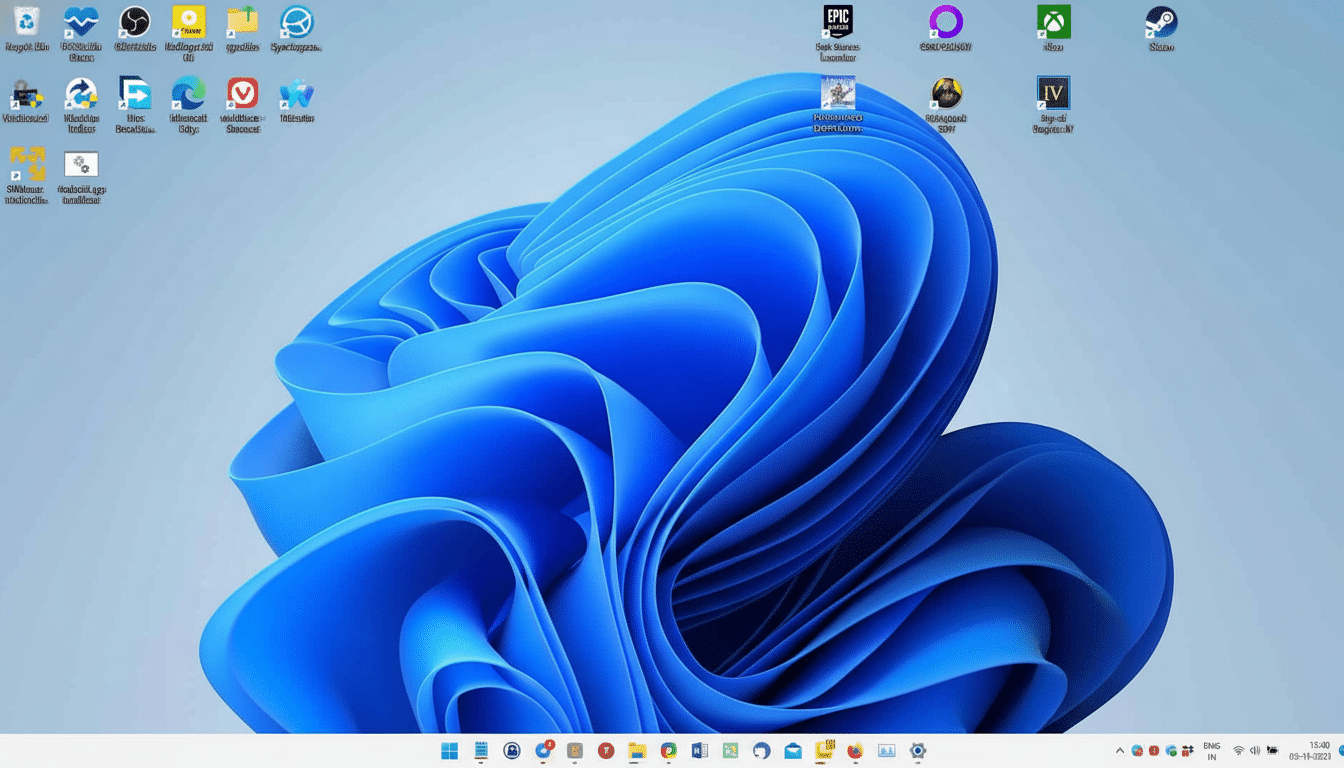Microsoft is prepping an out-of-band patch after a recent Windows 11 update caused a flood of software and hardware issues that included users and IT admins reporting apps not connecting, peripherals failing to work, and core tools misbehaving. The company admits there are issues with update KB5066835 and says a fix is going out through Windows Update.
The botched update rollout was supposed to bring developers and everyday users some expected improvements, but instead caused issues severe enough to slow down work in some cases. Microsoft cautions that the fix might not be available to all devices immediately, as it is a staged release and could take more than 48 hours for Windows Update to offer the patch on some PCs.

What Broke and Changed After the Windows 11 Update
Several reports describe a networking regression that causes HTTP/2 connections to stop working on localhost (127.0.0.1), as reported by Windows Latest and CNET.
That apparently small bug has had a disproportionately large impact: local web servers, developer stacks like those using IIS Express or Node, containerized services, and test harnesses that depend on loopback traffic all fell over. Local dev environments across many teams went dark.
User stories and forum threads also reveal device bugs. At least some Logitech devices were losing functionality or not initializing properly on reboot. On certain computers, users reported that they completely lost keyboard and mouse input when in Windows Recovery Environment (WinRE), which complicated troubleshooting efforts to resolve the issue or attempt a rollback. At the same time, File Explorer’s Preview pane began snubbing some documents due to an entirely false security flag, which was a minor pain for those who depend on quick file previews.
Taken together, these issues affect both consumer and enterprise workflows: local app testing for developers, routine file handling for office users, and basic recovery access for administrators. That reach is why Microsoft’s engineering and release teams were able to respond as quickly as they did.
How Microsoft Is Delivering the Fix to Windows 11
Microsoft says the fix will be delivered through Windows Update in a phased rollout, as is typical of such safeguard updates. Staged rollouts enable telemetry to verify decreasing crash rates and error reports before the fix is deployed to all devices. Organizations can continue to watch for status and known issues notes on the Windows Release Health dashboard.

Enterprises have Known Issue Rollback (KIR) policies, which may remove some non-security regressions from consideration for a full client-side update depending on the component. And if you’re an admin over a large fleet, with Endpoint Manager or Group Policy to manage that spline, then read what Microsoft has to say and decide for yourself if KIR will get the job done faster or slower than something similar closer to the IP address of sorrow.
What Users Can Do Now While Waiting for the Fix
Start with a manual update: Settings > Windows Update > Check for updates. If a fix is available, install it and then restart. Repeat the check periodically, as distribution is staggered and, if nothing appears at first, it still could later.
If the bug is disrupting important work and a fix has not yet arrived, you can try rolling back KB5066835 using Settings > Windows Update > Update history > Uninstall updates. On managed devices, please check with your IT before uninstalling. Those experiencing disruptions in localhost traffic may be able to revive workflows by adjusting local server configs to force HTTP/1.1 or by temporarily turning off HTTP/2 at the app layer as a stopgap.
Peripheral issues may be corrected with driver refreshes. Update or reinstall the vendor’s software (e.g., Logitech G Hub, Options+), try different USB ports, and perform a clean device re-detection in Device Manager. For WinRE input issues, generate a new recovery drive on a working PC (it is possible that you will get alternative stacks of input if you do have to repair or roll back the system).
Why the Timing of This Emergency Fix Matters Now
The hiccup comes as Microsoft is nudging more users off older platforms into Windows 11. Windows 11 has grown to an estimated half of active Windows PCs, and according to StatCounter — as well as analyst reckoning — Windows 10 still makes up a significant number. Reliability here, between versions, is crucial: update confidence directly correlates with adoption, particularly in companies with stringent change control.
The urgency of this emergency fix will be carefully watched. Microsoft’s quality pipeline — Insider channels, telemetry gating, and rollback mechanisms — is built to catch regressions before they infest too many machines. If the problems do get through, quick, transparent cleanup is the kind of test that matters. In the meantime, users should monitor Windows Update and deploy the upcoming patch as soon as it’s available.

